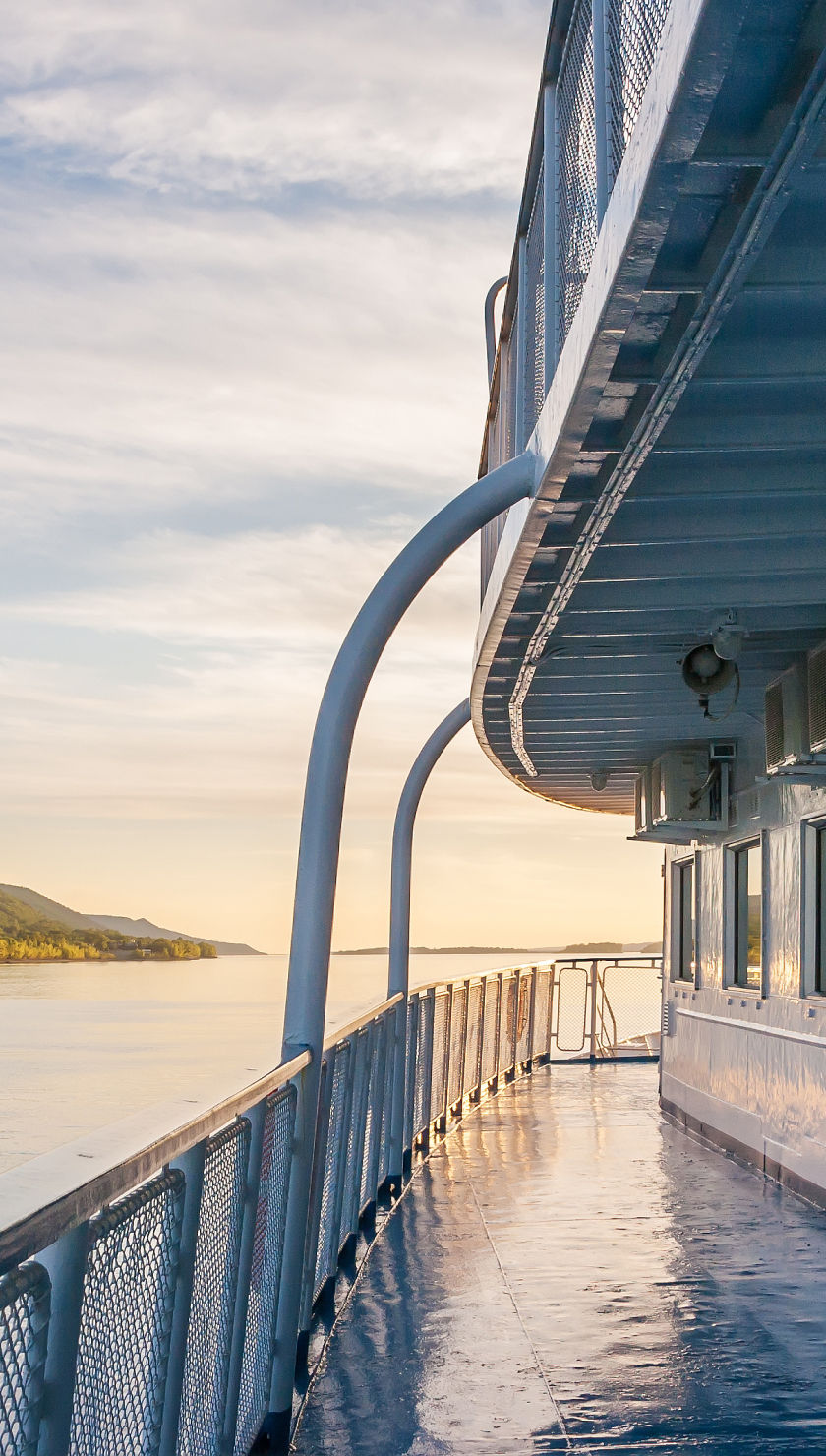Discovering the Danube’s Most Magical Markets
As frost settles on baroque rooftops and the soft toll of church bells carries across the Danube, Europe’s second-longest river becomes a ribbon of golden light. Towns and cities that line its course — from regal Vienna to storybook Passau — glow with festive cheer. Wooden market stalls bloom beneath Gothic cathedrals. Lanterns flicker against castle walls. And steam curls from mugs of mulled wine clutched in mittened hands. In these enchanted places, a Danube river cruise in December becomes a journey not only across borders, but deep into the heart of European tradition.
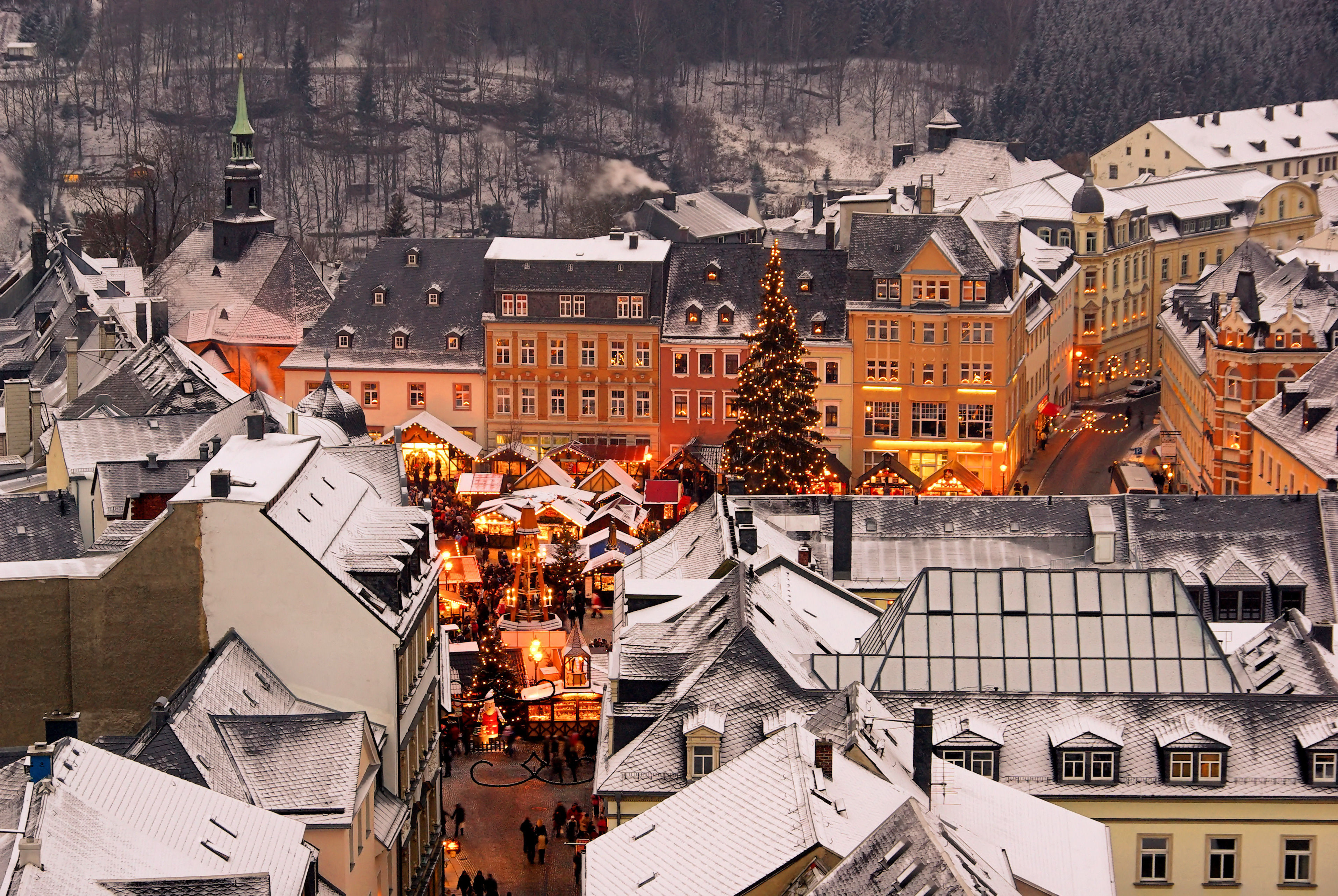
The Christmas markets of the Danube — known locally as Christkindlmarkts, Adventmärkte, or Karácsonyi Vásárok — are more than seasonal attractions. They are centuries-old customs revived each winter with music, storytelling, and artisanal craft. Rooted in faith and local heritage, they offer moments of warmth and connection in the depths of the coldest season — a celebration of light, memory, and shared humanity.
From Medieval Roots to Modern Wonder
The first Christmas markets on the Danube can be traced back to the 13th century in Austria and Germany. Vienna’s earliest version — the “December Market” — dates to 1296, when Duke Albrecht I granted citizens the right to hold a winter fair. Originally practical in purpose, these markets evolved into festive gatherings that celebrated Advent, the four weeks leading up to Christmas. Over time, music, nativity scenes, and local foods became integral parts of the experience.
Today, Danube Christmas markets maintain those traditions while embracing regional flair. They open in late November and run through Christmas Eve — or into early January — transforming city squares, palace courtyards, and cobbled alleys into candlelit villages of celebration.
Vienna, Austria: Imperial Splendor in Candlelight
In Vienna, the holiday season is a majestic affair. The city hosts over 20 Christmas markets, but none more iconic than the Vienna Christmas World in front of the Neo-Gothic Rathaus (City Hall). Here, a forest of trees draped in lights leads to rows of elaborately decorated stalls. Ice skaters glide through illuminated park paths, while choirs perform carols in the square’s grandstands.

Nearby, the Schönbrunn Palace Market offers a more refined experience. Set against the opulent yellow façade of Empress Maria Theresa’s former residence, the market features classical concerts, baroque crafts, and hand-carved nativity scenes. For a true taste of Vienna, sample Kaiserschmarrn — fluffy shredded pancakes dusted with powdered sugar — or sip Punsch, the Viennese cousin of mulled wine, often infused with orange, rum, or tea.
Budapest, Hungary: Starlight Over the Danube
In Budapest, the Christmas markets sparkle with elegance and folklore. The most famous unfolds in Vörösmarty Square, where Hungarian artisans display embroidery, ceramics, and hand-painted ornaments beneath a web of lights. Just steps away, the scent of kürtoskalács — chimney cake — drifts from every corner. This spiral-shaped pastry is cooked over coals, then rolled in cinnamon or walnut sugar until perfectly golden.
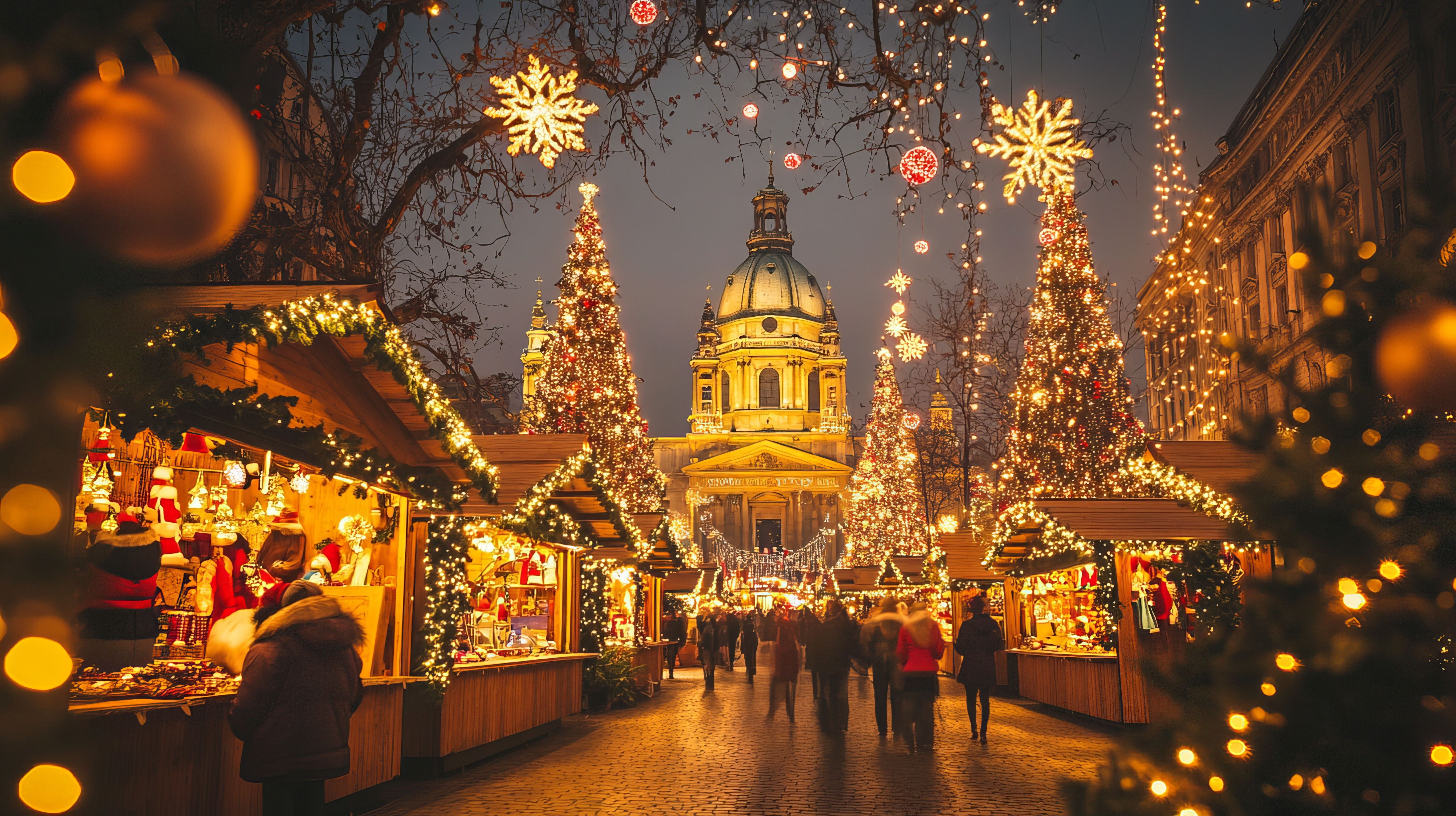
Another unforgettable experience awaits at the Basilica Christmas Market beside St. Stephen’s Basilica. Projected light shows dance across the cathedral’s façade each evening, synchronized to holiday music. The market here focuses on eco-conscious products and community participation — handmade gifts, zero-waste packaging, and local charities all play a role.
Regensburg, Germany: A Medieval Time Capsule
Further upstream lies Regensburg, a UNESCO-listed city whose narrow lanes and Romanesque buildings feel unchanged by time. During Advent, Regensburg hosts multiple markets, but the most atmospheric is the Romantic Christmas Market held in the courtyard of the Thurn und Taxis Palace. Under the torchlight and soft snow, visitors browse stalls for Bavarian wood carvings and woolen goods while sipping spiced apple punch.

Regensburg’s old town market, set beside the Gothic cathedral, evokes centuries of tradition. Brass ensembles play carols beside stone fountains, and locals gather for Feuerzangenbowle — a flaming rum punch served with dramatic flair. The city also hosts a special Craftsmen’s Market that features traditional skills, such as glassblowing and blacksmithing, which preserve trades that have long sustained local life.
Passau, Germany: Three Rivers, One Festive Heart
At the confluence of the Danube, Inn, and Ilz rivers, the baroque town of Passau gleams with holiday spirit. The Christkindlmarkt here nestles beside the massive St. Stephen’s Cathedral, whose organ — one of the world’s largest — resounds with special Advent concerts. Visitors gather under stone arcades, warming their hands on mugs of steaming Glühwein and browsing stalls for stained-glass lanterns and beeswax candles.
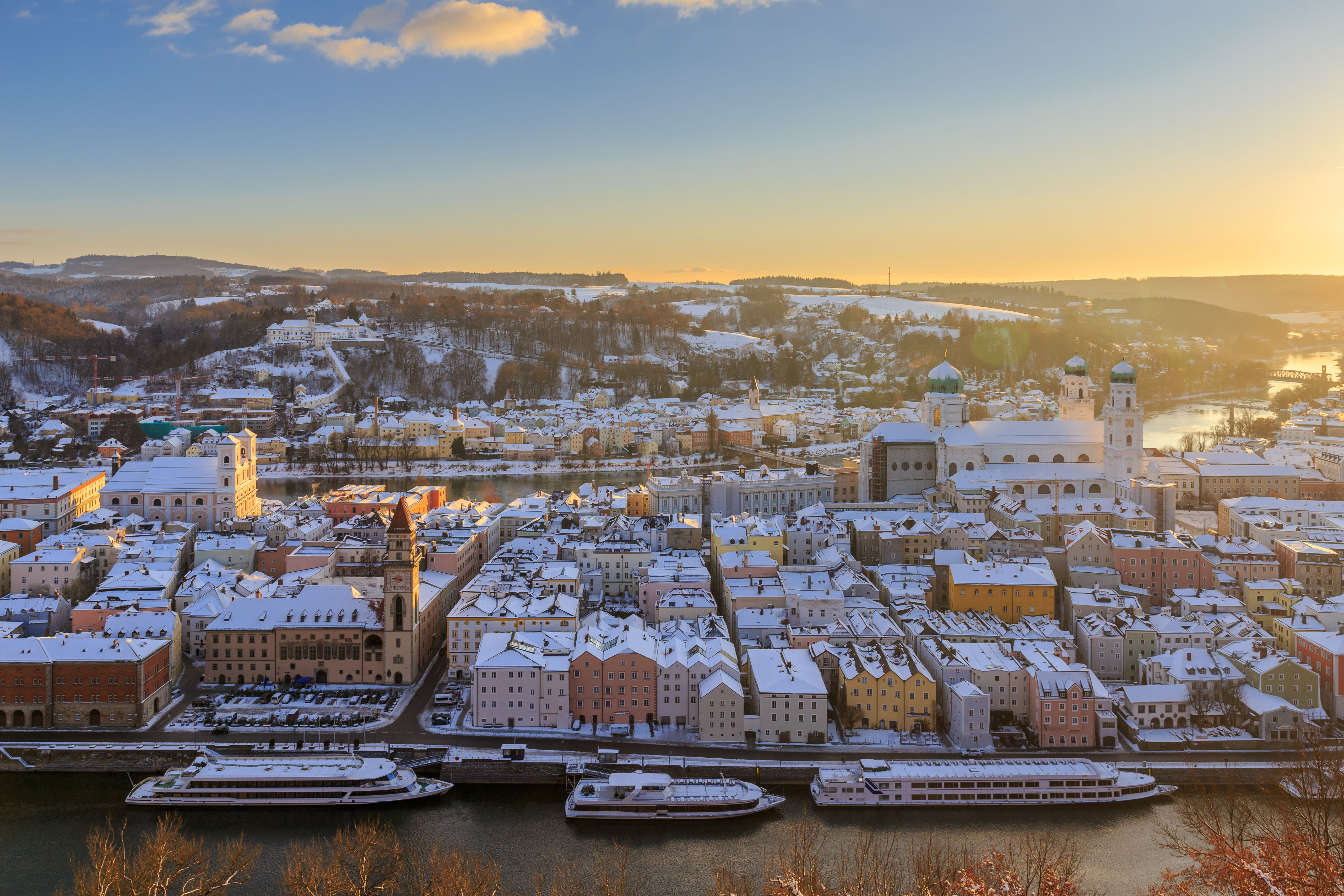
Passau’s market feels intimate, shaped by its location and tight-knit community. It is a place where bakers still shape Stollen by hand and children ride vintage carousels beneath swirling snowflakes. A Danube cruise stop here offers a quiet, nostalgic pause amid the grandeur of larger cities.
Nuremberg, Germany: The Grand Finale
Though not directly on the Danube, Nuremberg is often the start or end point for Danube holiday cruises — and is home to the Christkindlesmarkt, one of the oldest and most celebrated Christmas markets in the world. First held in 1628, this market fills the Hauptmarkt square with red-and-white striped stalls, all curated by strict artisan guidelines to preserve authenticity.
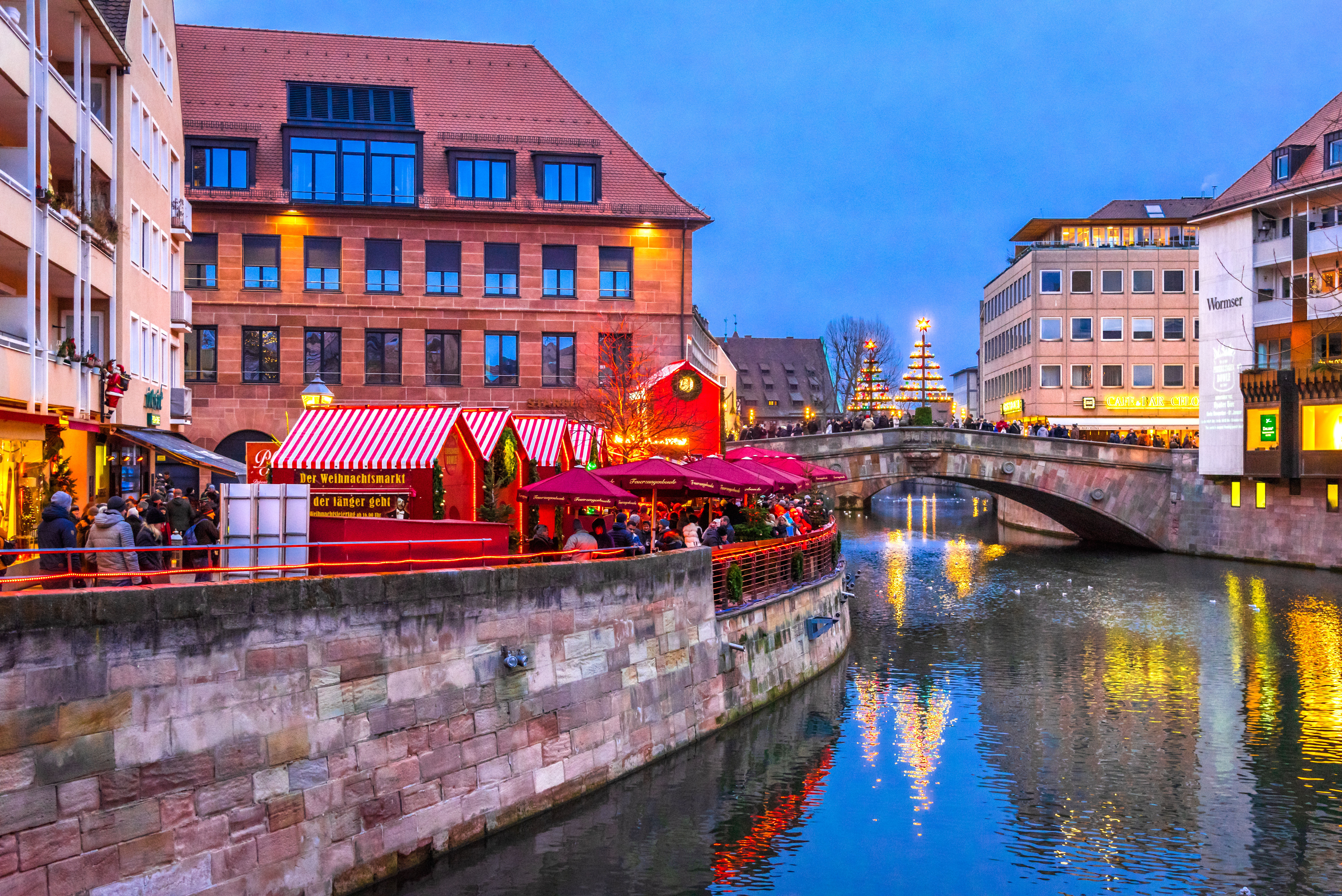
Central to Nuremberg’s festivities is the appearance of the Christkind — a golden-robed angel who opens the market from the balcony of the Church of Our Lady. Traditional delicacies, such as Nürnberger Rostbratwurst (miniature grilled sausages) and Lebkuchen (honey-spice cookies), are abundant. Sustainability plays a role here, too, with a market dedicated entirely to fair-trade and regional products in the city’s “Sister Cities Market.”
Flavors of a Season
Across the Danube’s many cities and villages, food becomes the heart of the celebration. Glühwein warms the hands, while chimney cakes, gingerbread, and roasted almonds warm the spirit. In Vienna, marzipan fruits and hand-rolled chocolate truffles glisten in glass cases. In Hungary, gulyásleves — a hearty paprika stew — offers nourishment against the winter chill. These foods are more than treats — they are the edible memory of centuries of holiday gatherings.
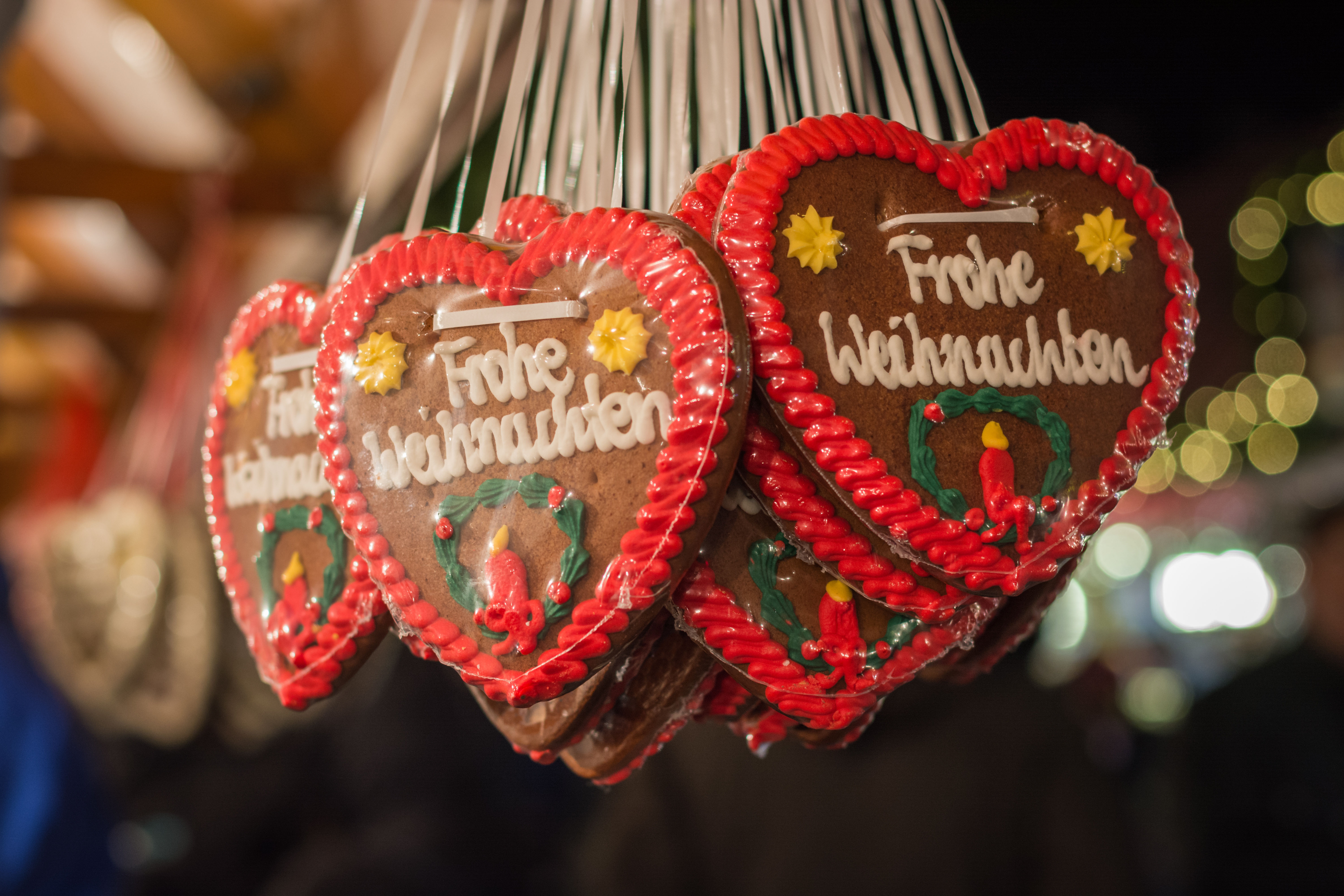
Many markets now emphasize the use of local, seasonal ingredients and sustainable practices, including composting and the use of reusable containers, such as mugs. In choosing to honor traditional techniques and regionally sourced foods, Danube communities not only celebrate their heritage but also help preserve it for future generations.
The Danube in Winter: A Thread of Light
To sail the Danube in December is to witness a continent at its most intimate — cities lit from within, voices raised in song, the ancient river flowing calmly beneath a canopy of stars. Christmas markets along the Danube are not only beautiful, they are meaningful: testaments to cultural resilience, craftsmanship, and communal joy.
In every glass of mulled wine, in every carol echoing off cathedral walls, and in every child’s laughter beneath falling snow, travelers discover something more than festivity — they rediscover wonder. These markets invite us to step back from the rush of modern life and into a gentler world, one crafted by candlelight, history, and heart.
If you'd like to learn about the Rhine’s Christmas markets — from Strasbourg to Cologne — and experience how Europe celebrates the season on both of its great rivers.











